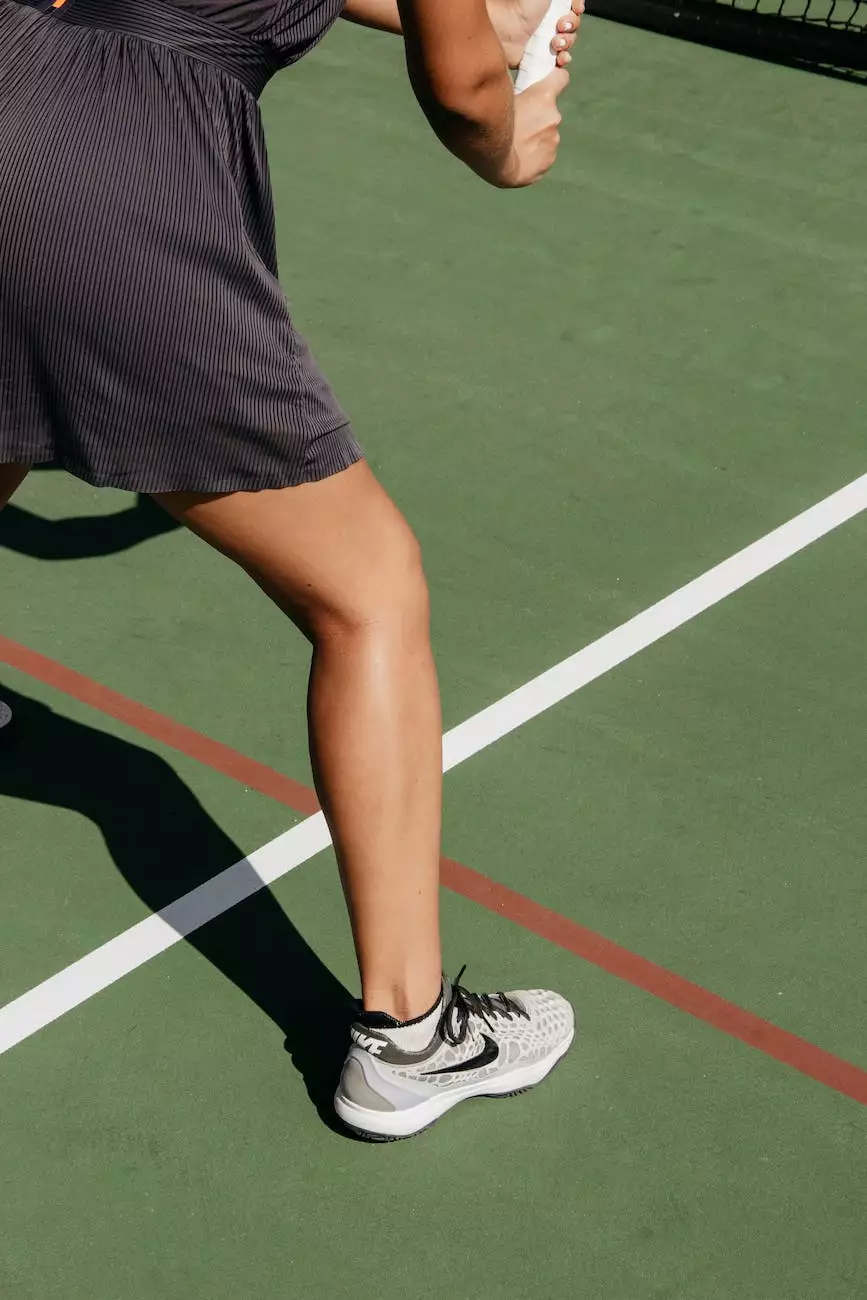Stretching Guide - Denver

Introduction
Welcome to Thrive Rolfing's exclusive stretching guide for cross-country skiing in Denver. In this comprehensive guide, we will explore the importance of stretching, its benefits, and provide you with a variety of effective stretching techniques tailored specifically for cross-country skiers.
Why Stretching is Crucial for Cross-Country Skiers
Stretching plays a vital role in the overall performance and injury prevention of cross-country skiers. As one of the most physically demanding winter sports, cross-country skiing requires a combination of strength, endurance, and flexibility.
Proper stretching helps to enhance flexibility, which is essential for achieving full range of motion in the hips, legs, and lower back. Improved flexibility allows for better skiing technique, efficient stride length, and reduced risk of muscle strains or joint injuries.
The Benefits of Stretching
Regular stretching provides numerous benefits for cross-country skiers:
- Improved Flexibility: Stretching helps to lengthen muscles, tendons, and connective tissues, increasing your overall flexibility and joint mobility.
- Enhanced Performance: Increased flexibility enables greater muscle efficiency and power output, leading to improved performance on the slopes.
- Injury Prevention: Flexible muscles are less prone to strains, sprains, and other common skiing injuries. Stretching also promotes proper body alignment and balance to minimize the risk of falls.
- Reduced Muscle Soreness: Stretching after skiing helps to alleviate muscle soreness and stiffness, allowing for quicker recovery and improved overall comfort.
- Improved Blood Circulation: Stretching increases blood flow to the muscles, promoting better nutrient delivery and waste removal, which aids in muscle recovery and tissue repair.
Effective Stretching Techniques for Cross-Country Skiers
1. Dynamic Stretching
Dynamic stretching involves active movements that mimic the motions of cross-country skiing. These movements help to warm up the body, improve circulation, and prepare the muscles for physical activity.
...2. Static Stretching
Static stretching is a vital component of any stretching routine. It involves holding a stretch in a fixed position for an extended period, typically 20-30 seconds. Here are a few key static stretches for cross-country skiers:
...3. Proprioceptive Neuromuscular Facilitation (PNF)
PNF stretching combines passive stretching with isometric contractions. This technique helps to improve flexibility and range of motion by targeting specific muscle groups. Here's an example of a PNF stretching exercise for cross-country skiers:
...Conclusion
Congratulations! You've reached the end of our comprehensive stretching guide for cross-country skiing in Denver. By incorporating these stretching techniques into your routine, you can optimize your performance, prevent injuries, and enhance your overall skiing experience.
Remember, flexibility is a key component of successful cross-country skiing, and Thrive Rolfing is here to support you every step of the way. Take care of your body, prioritize stretching, and enjoy the remarkable benefits it brings to your skiing adventures.










